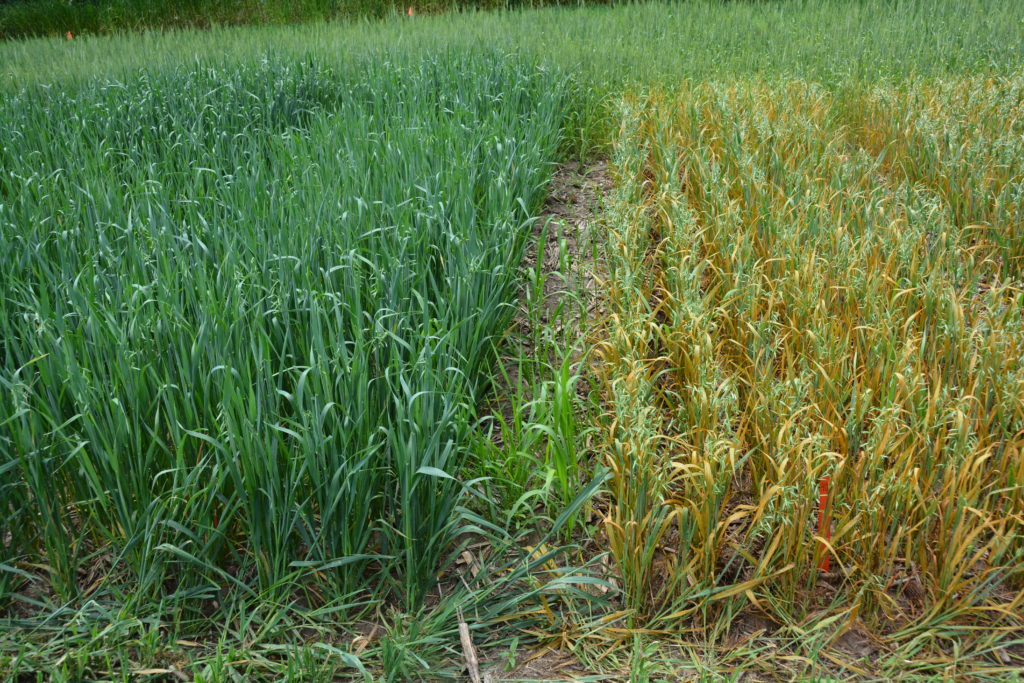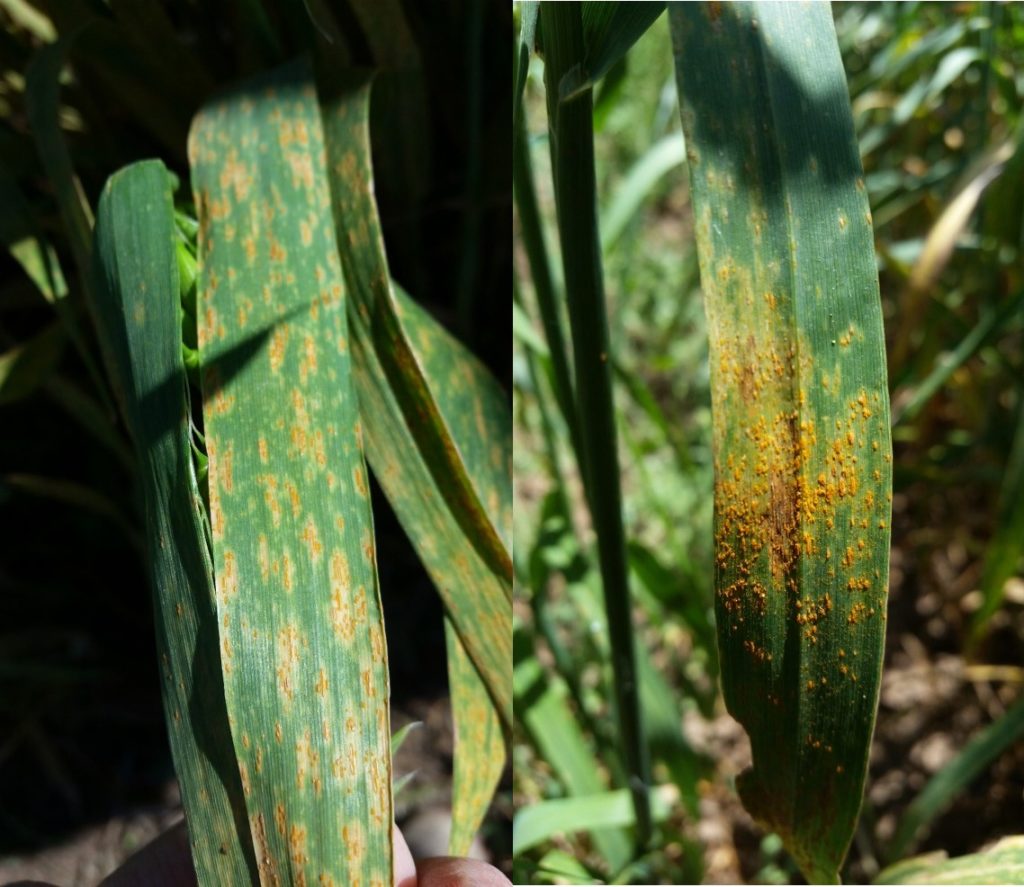by Dr. Clark Neely, Statewide Small Grains Extension Specialist, Texas A&M AgriLife Extension
In Texas, we talk a lot about wheat, but oats deserves some attention as well. After all, they were planted on 470,000 acres across the state last year. This small grain is particularly well adapted to Central and South Texas and generally tolerates wet soil better than wheat, which is a reoccurring issue in the Blacklands and South Texas. The primary use of oats in Texas is for forage and grazing, with only about 50,000 acres actually harvested for grain. When reviewing cool-season forage trial data from Texas, you will generally find that oats and ryegrass perform the best year in and year out for total season forage production in Central and South Texas; however it is important to note that ryegrass puts on most of its forage in the springtime with little to offer in the fall. Oats on the other hand grow rapidly in the fall and are one of the best fall grazing small grains out there, not to mention it is much easier to establish than ryegrass due to larger seed size. If grazing, typical seeding rates are around 75-100 lb/a when using a drill, but you may want to increase this another 25% or more if broadcast seeding or drilling into a perennial warm-season pasture with lots of residue on the surface.
The reason oat acreage is mainly concentrated in Central and Southern portions of Texas is due to their cold sensitivity. Fall planted oats will routinely freeze out in the High Plains and sometimes in the northern Rolling Plains. However, the Texas A&M AgriLife Oat Breeding Program has focused heavily on breeding in cold tolerance to winter oats and certain varieties can be safely planted as far north as Abilene and Commerce with little risk to winterkill. These varieties include ‘TAMO 606’ and ‘TAMO 411’, though certain varieties from out of state such as ‘Okay’ and ‘Horizon 201’ are cold tolerant as well. In some cases, true spring oats like ‘Troy’ or ‘Monida’ are planted in February in the High Plains for hay or silage once the risk of winterkill is diminished.
Another issue impacting oat production, whether for forage or grain, is rust. Crown rust (Figure 1) is a major problem every year in South Texas, and in most years, at least some portions of the Blacklands are affected. While certain oat varieties are more susceptible to crown rust than others (Figure 2), there are no varieties currently available for purchase in Texas that have what I would consider strong resistance. ‘TAMO 606’ may have the ‘best’ crown rust resistance currently available, but will still succumb to the disease under heavy pressure. If willing to get seed out of state, many of the ‘Horizon’ varieties and ‘FL 720’ have good rust resistance. However, varieties developed from the Florida breeding program are generally much more frost sensitive and should only be grown south of Waco. Stem rust is a disease worth mentioning, but is generally confined to South Texas and is only an occasional problem in oats.
If producing oats for grain, rust resistance and winter tolerance are just as important, but also pay attention to straw strength and your fertility program. Oats like to lodge under heavy fertility, particularly when rainfall is abundant and certain varieties are more prone to lodging like ‘RAM 99016’. ‘TAMO 411’ is one of the best options available for straw strength.

Figure 2. Example of a resistant (left) and susceptible (right) oat variety to crown rust (Photo by Emmanuel Byamukama).
Looking ahead to the future, Texas A&M AgriLife has released a new variety ‘TAMO 412’. This variety builds upon many of the strengths of TAMO 411, but with better crown and stem rust resistance. It has good cold tolerance and straw strength. If the variety is picked up by a seed company, limited seed quantities could be available by fall 2019. Below is a table with a combined analysis of oat grain yield taken from multiple location over multiple years for three different growing regions in Texas. As you can see, TAMO 411 performs well the most consistently across all three growing regions, while Horizon 201, ‘Horizon 270’ and RAM 99016 deserve mentioning. While RAM 99016 has high yield potential, growers are cautioned due to its weaker straw strength and potential for lodging. A lower nitrogen rate may be warranted for this variety. If growing an older variety such as ‘Bob’ or ‘Dallas’, growers are encourage to try some of the newer varieties previously mentioned, which will routinely produce 20-30% greater grain yield, which will more than cover the cost of purchasing certified seed.
To view our full 2018 Texas Oat Variety Trial Result Publication or for more information please visit our website at http://varietytesting.tamu.edu/wheat.

Clark Neely
State Small Grains Agronomist
College Station, TX
cneely@ag.tamu.edu

